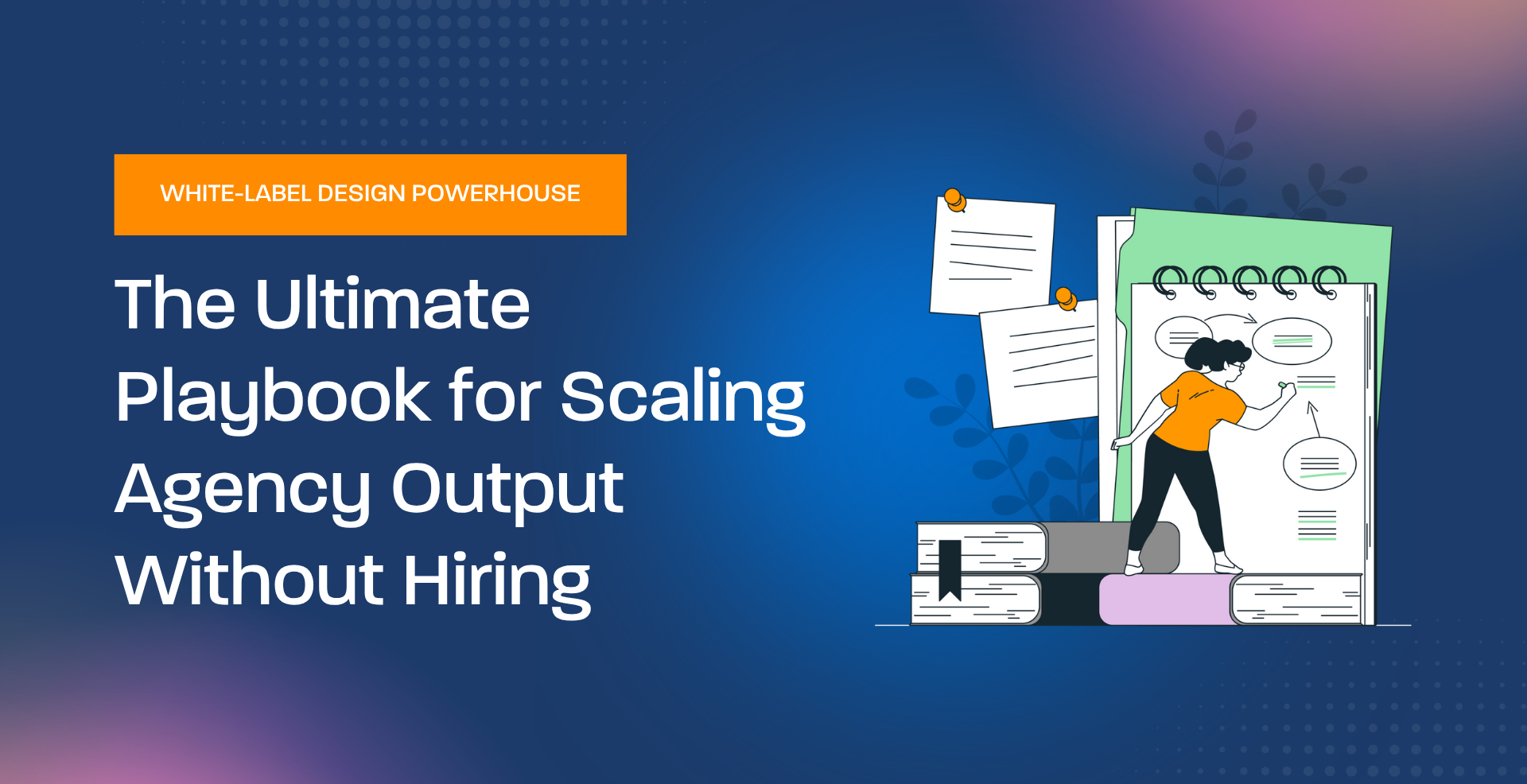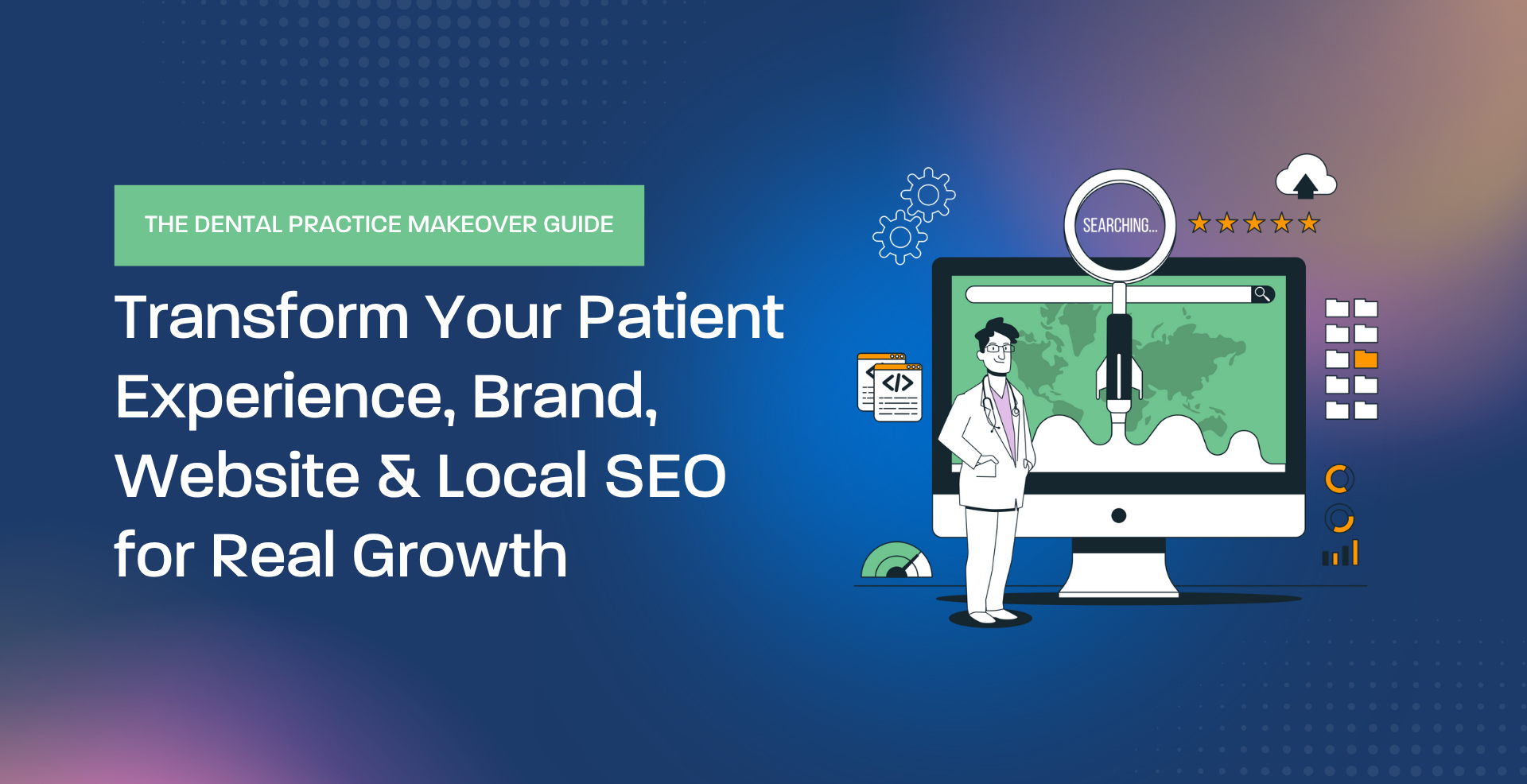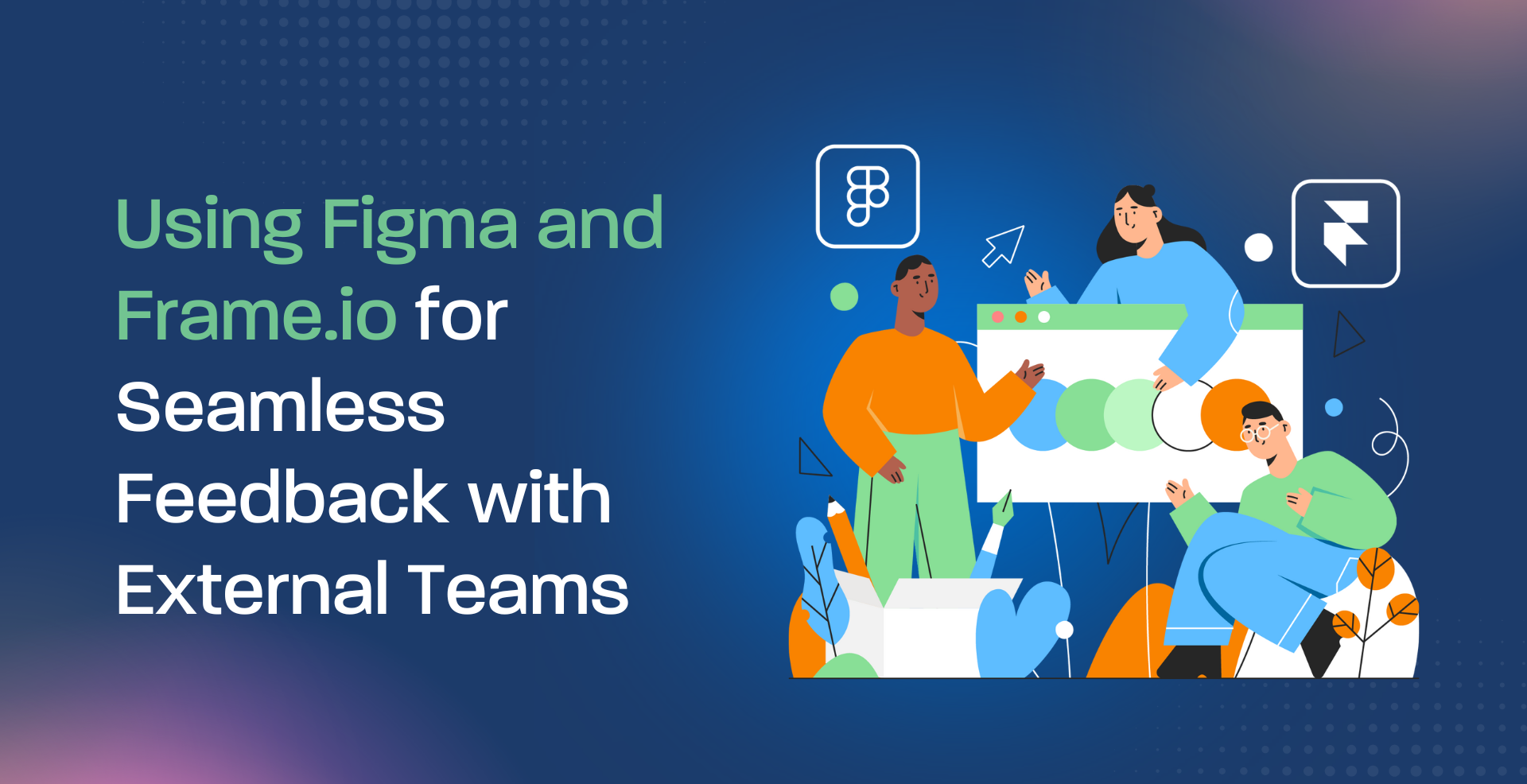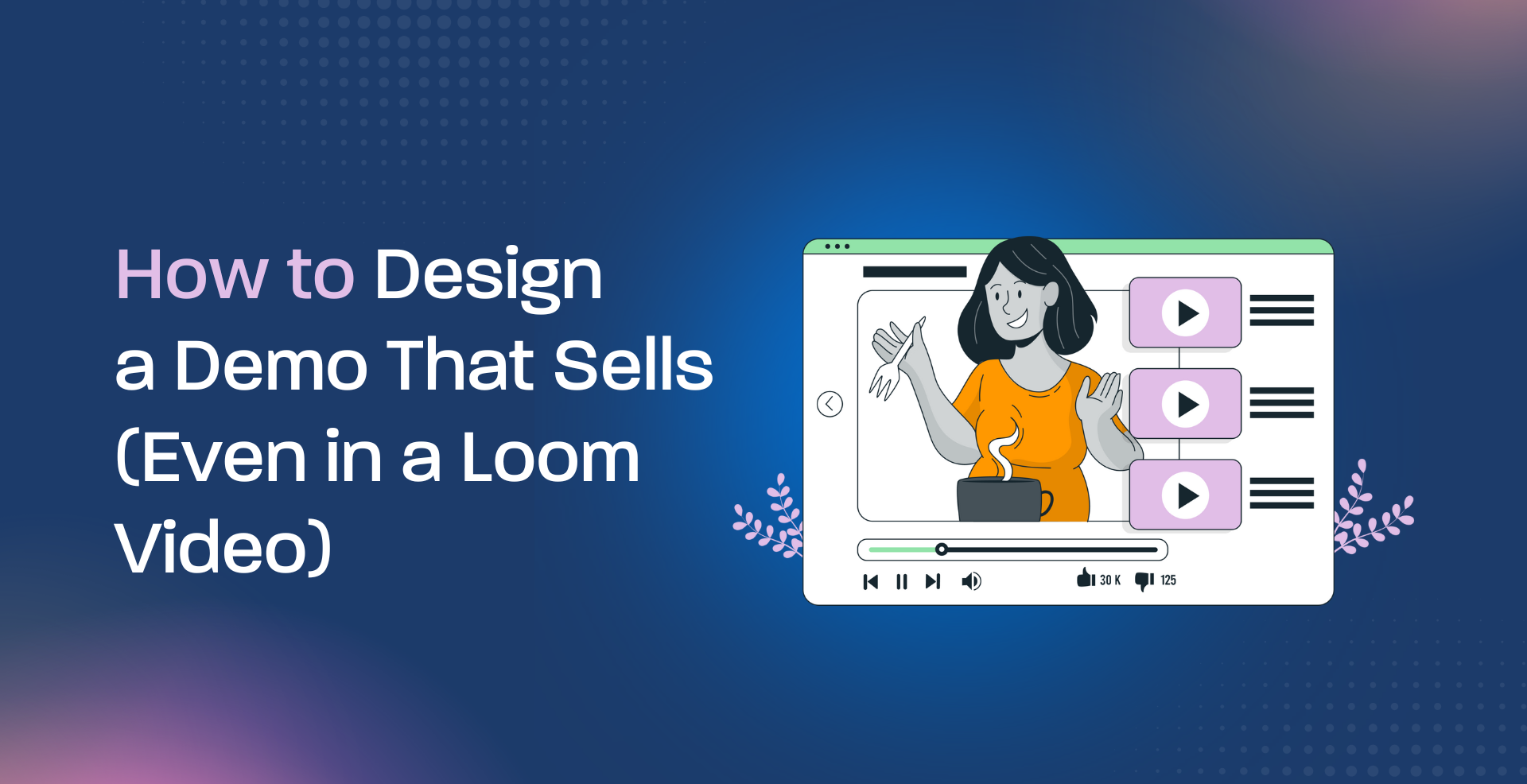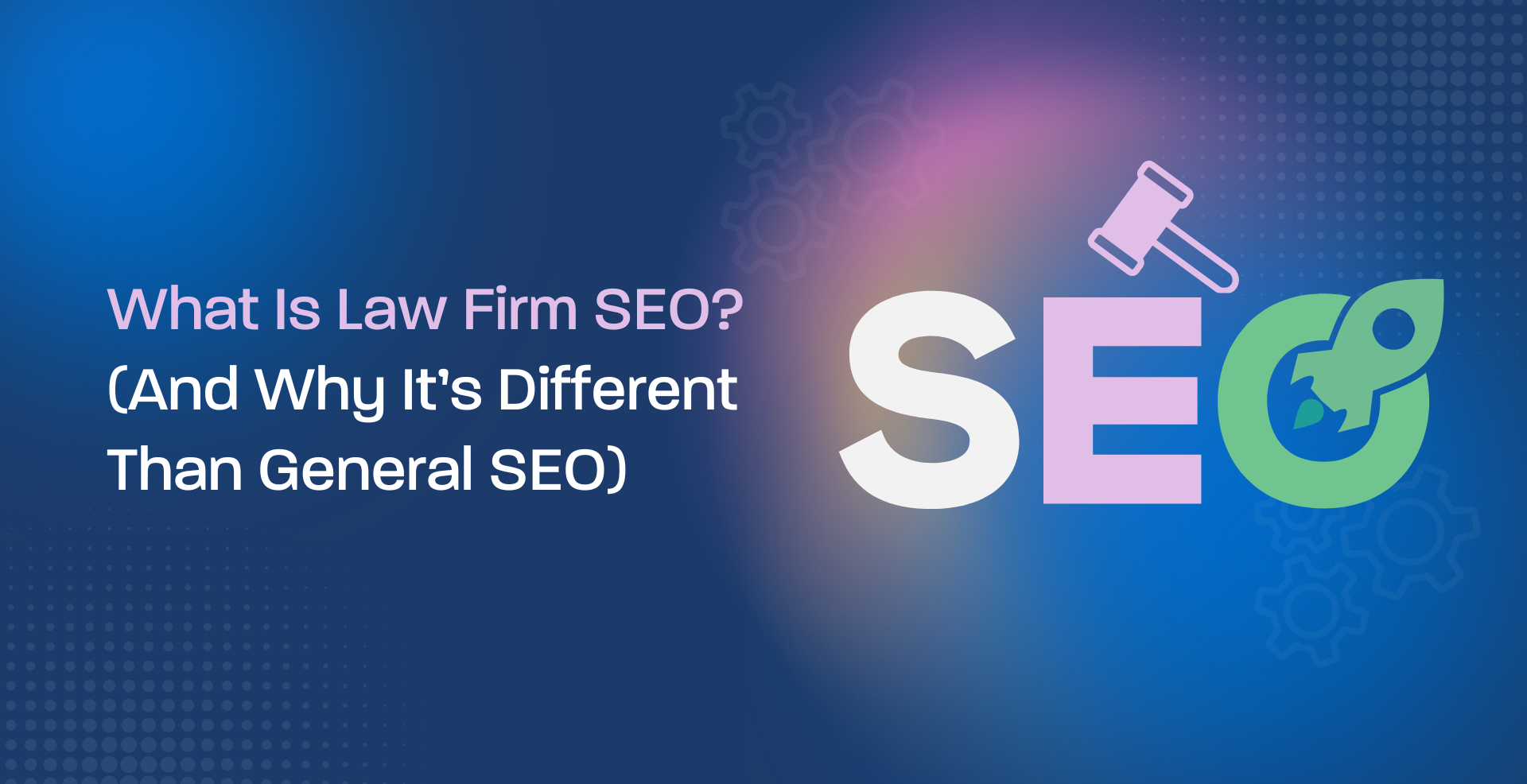The world of email marketing is constantly evolving. Gone are the days of generic blasts that land in spam folders. Today, success hinges on targeted communication that resonates with your audience on a deeper level. This is where email list segmentation with AI-enhanced psychographic data comes into play.
Understanding the Power of psychographics vs demographics
Email segmentation is a powerful marketing strategy that divides your email list into smaller groups based on specific criteria. There are two common types of email segmentation: demographic segmentation and psychographic segmentation. Traditional email segmentation relies on demographics (age, location) and past behaviors (purchase history, website visits). While valuable, it falls short of capturing the “why” behind customer actions. Psychographic data, especially AI-driven dives deeper, into analyzing a customer’s values, interests, attitudes, and lifestyles. Here’s a comparison of the two, including examples.
P.S. Need expert help with design, email marketing, social media management, and other marketing services? Geeks For Growth can help you drive growth for your business!
Demographic segmentation
Demographic segmentation divides the market based on age, gender, income, education, occupation, and family size. It is primarily concerned with the statistical aspects of a population.
Examples:
- Age: A clothing retailer might send promotional emails about trendy, casual wear to subscribers aged 18-25 and professional attire to those aged 30-45.
- Gender: A cosmetics brand might segment its email list to send different product recommendations to male and female subscribers.
- Income: A travel agency could target high-income earners with luxury vacation packages and budget-friendly trips to lower-income groups.
Advantages:
- Ease of data collection: Demographic data is relatively easy to collect and analyze.
- Clear segmentation criteria: Provides straightforward criteria for dividing your audience.

Psychographic segmentation
Psychographic segmentation divides the market based on lifestyle, personality traits, values, interests, and opinions. It goes beyond demographics to understand the psychological attributes of consumers. Imagine you’re a dentist. Psychographic data might reveal a segment of patients deeply concerned about aesthetics, while another prioritizes affordability. This allows you to tailor your emails accordingly. One segment receives information about cosmetic dentistry procedures, while the other receives promotions for cost-effective cleanings.
Examples:
- Lifestyle: A fitness brand might segment its list into groups such as gym-goers, yoga enthusiasts, and runners, sending tailored content to each group.
- Values: A sustainable fashion brand could target subscribers who prioritize eco-friendly and ethical products with content highlighting their sustainable practices.
- Interests: A book retailer could segment its audience based on genres of interest, sending science fiction recommendations to one group and mystery novels to another.
Advantages:
- Deeper Understanding: Provides a deeper understanding of customer motivations and preferences.
- Personalized Marketing: Enables highly personalized marketing campaigns that can lead to higher engagement and conversion rates.
Comparison between demographics and psychographics data
- Data type: Demographic segmentation uses quantitative data (age, gender, income), while psychographic segmentation uses qualitative data (lifestyle, values, interests).
- Detail level: Psychographic segmentation offers more detailed insights into consumer behavior and preferences.
- Ease of implementation: Demographic segmentation is generally easier to implement due to the straightforward nature of the data.
AI: The engine for smarter segmentation
Manually collecting and analyzing psychographic data is a daunting task. This is where AI steps in. Machine learning algorithms analyze vast amounts of data from various sources, including:
- Social media activity: Likes, shares, and comments on social platforms reveal a treasure trove of insights into a customer’s interests and values.
- Purchase history: Past purchases paint a picture of a customer’s priorities and preferences.
- Website behavior: Examining how users navigate your website can reveal their motivations and areas of interest.
- Natural Language Processing (NLP): further enhances AI’s capabilities by analyzing the language used in emails, surveys, and online reviews. This allows for a deeper understanding of a customer’s sentiment and preferred communication style.
Segmentation strategies for your business
Now, let’s explore how this translates into real-world applications for different industries:
- Lawyers: Segment your email list based on legal needs. Busy entrepreneurs might benefit from content on business formation, while families might appreciate resources on estate planning. Utilize AI tools like Clarabridge or Lexalytics to analyze past client interactions and identify underlying legal concerns
- SMEs: Cater your email content to specific business challenges. One segment might be interested in tips for scaling their operations, while another might crave marketing strategies for local customer acquisition. Consider platforms like Amperity or LiveRamp to integrate seamlessly with your existing CRM system and segment your email list based on psychographic insights from customer interactions.
- Dentists: As mentioned earlier, identify segments concerned with aesthetics versus affordability. Additionally, AI can analyze patient reviews to identify anxieties related to dental procedures. Platforms like SharpSpring or Marketo offer AI-powered segmentation features specifically designed for email marketing campaigns.
Here’s a step-by-step guide to get you started
- Identify your goals: What do you hope to achieve with your email marketing efforts? Increased brand awareness, higher appointment bookings, or improved client retention?
- Choose the right tools: Research AI-powered email marketing platforms that integrate with your CRM system. Tools like Mailchimp or Constant Contact offer basic segmentation features, while more advanced platforms like HubSpot or Pardot provide robust AI-powered segmentation capabilities.
- Collect and analyze data: Connect your email marketing platform to your website analytics and social media accounts. Consider adding psychographic surveys to your website or email campaigns.
- Define your segments: Utilize AI tools to analyze the collected data and create distinct customer segments based on psychographic profiles.
- Craft targeted emails: Develop email content that resonates with each segment’s specific interests, values, and pain points.
Real-world examples for inspiration
Let’s look at some successful applications of psychographic segmentation in email marketing:
- Spotify: Utilizes user listening habits to send personalized email recommendations for new music and playlists.
- Netflix: Analyzes viewing history to suggest movies and shows tailored to individual preferences.
- Starbucks: Segments email lists based on loyalty program data, sending targeted promotions for relevant products and rewards.
The world of email marketing is constantly evolving, and AI-powered psychographic segmentation represents a significant leap forward. By embracing this technology, you can unlock a deeper understanding of your audience, allowing you to craft highly personalized email campaigns that truly connect. Remember, email marketing is a conversation, not a monologue. By leveraging psychographics and AI, you can ensure your voice resonates with each customer, fostering loyalty and driving long-term success.
This approach isn’t just about sending the “right” message; it’s about sending the message at the “right” time and in the “right” way. Psychographic segmentation allows you to tailor your email content, tone, and frequency to each segment, maximizing the impact of your communication efforts.
The future of email marketing is personalized, data-driven, and deeply human. With AI-powered psychographic segmentation on your side, you’re well-positioned to navigate this exciting frontier and forge stronger connections with your audience.
Psychographic data segmentation can change your email marketing game and help your business be more customer-centric, however, do you need expert help with website or graphic design, email marketing, social media management, and other marketing services? Geeks For Growth can help you drive growth for your business!
